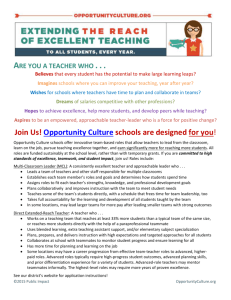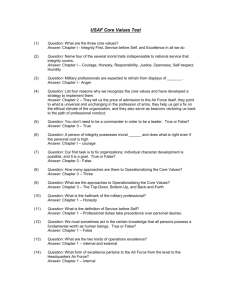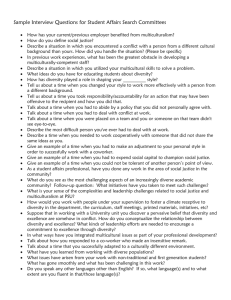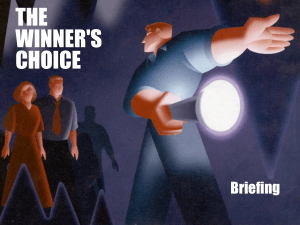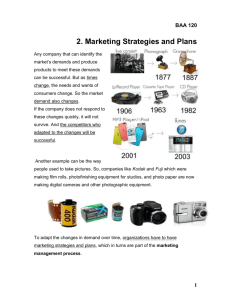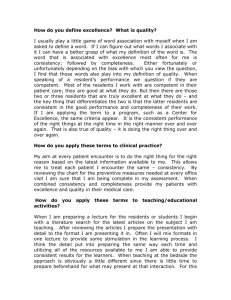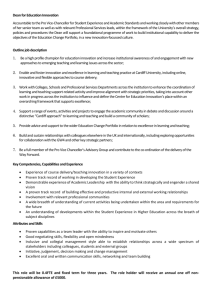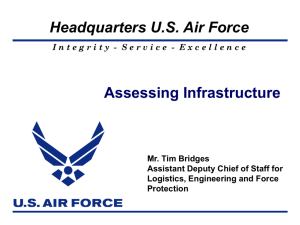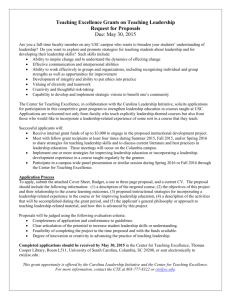Exploration with the concepts of service design
advertisement
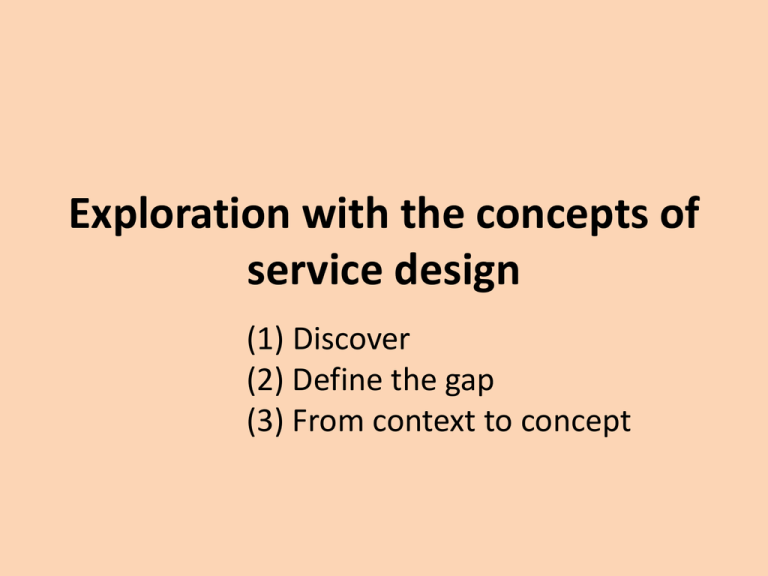
Exploration with the concepts of service design (1) Discover (2) Define the gap (3) From context to concept Stickdorn, M., & Schneider, J. (2010). This is service design thinking: Basics--tools--cases. Amsterdam: BIS Publishers. (p. 124-215) • Articulate an outline structure, which is iterative in its approach -The iterative four steps, the basic approach: Exploration, Creation, Reflection, Implementation The DoubleDiamond AT-ONE Approach • • • • • A – Actors, collaborating in value networks T – Making touchpoints work as a whole O – The service offering is the brand N – How do you know what customers want, need and desire? E – Experiences that surprise and delight Frei, F. X. (2008). The four things a service business must get right. Harvard Business Review, 86(4), 70-80. in a restaurant Integrating four things together 1. The Offering 2. The Funding Mechanism Charge the customer in a palatable way Create a win-win between operational savings and value-added services. Spend now to save later. Have the customer do the work. 3. The Employee Management System 4. The Customer Management System diagnosing SD - the success or failure? (1/2) • The Offering – Which service attributes (convenience? friendliness?) does the firm target for excellence? – Which ones does it compromise in order to achieve excellence in other areas? – How do its service attributes match up with targeted customers’ priorities? • The Funding Mechanism – – – – Are customers paying as palatably as possible? Can operational benefits be reaped from service features? Are there longer-term benefits to current service features? Are customers happily choosing to perform work (without the lure of a discount) or just trying to avoid more-miserable alternatives? • The Employee Management System – What makes employees reasonably able to produce excellence? – What makes them reasonably motivated to produce excellence? – Have jobs been designed realistically, given employee selection, training, and motivation challenges? diagnosing SD - the success or failure? (2/2) • The Customer Management System – – – – – Which customers are you incorporating into your operations? What is their job design? What have you done to ensure they have the skills to do the job? What have you done to ensure they want to do the job? How will you manage any gaps in their performance? • The Whole Service Model – Are the decisions you make in one dimension supported by those you’ve made in the others? – Does the service model create long-term value for customers, employees, and shareholders? – How well do extensions to your core business fit with your existing service model? – Are you trying to be all things to all people – or specific things to specific people? Exploration with the concepts of service design (1) Discover (2) Define the gap (3) From context to concept
